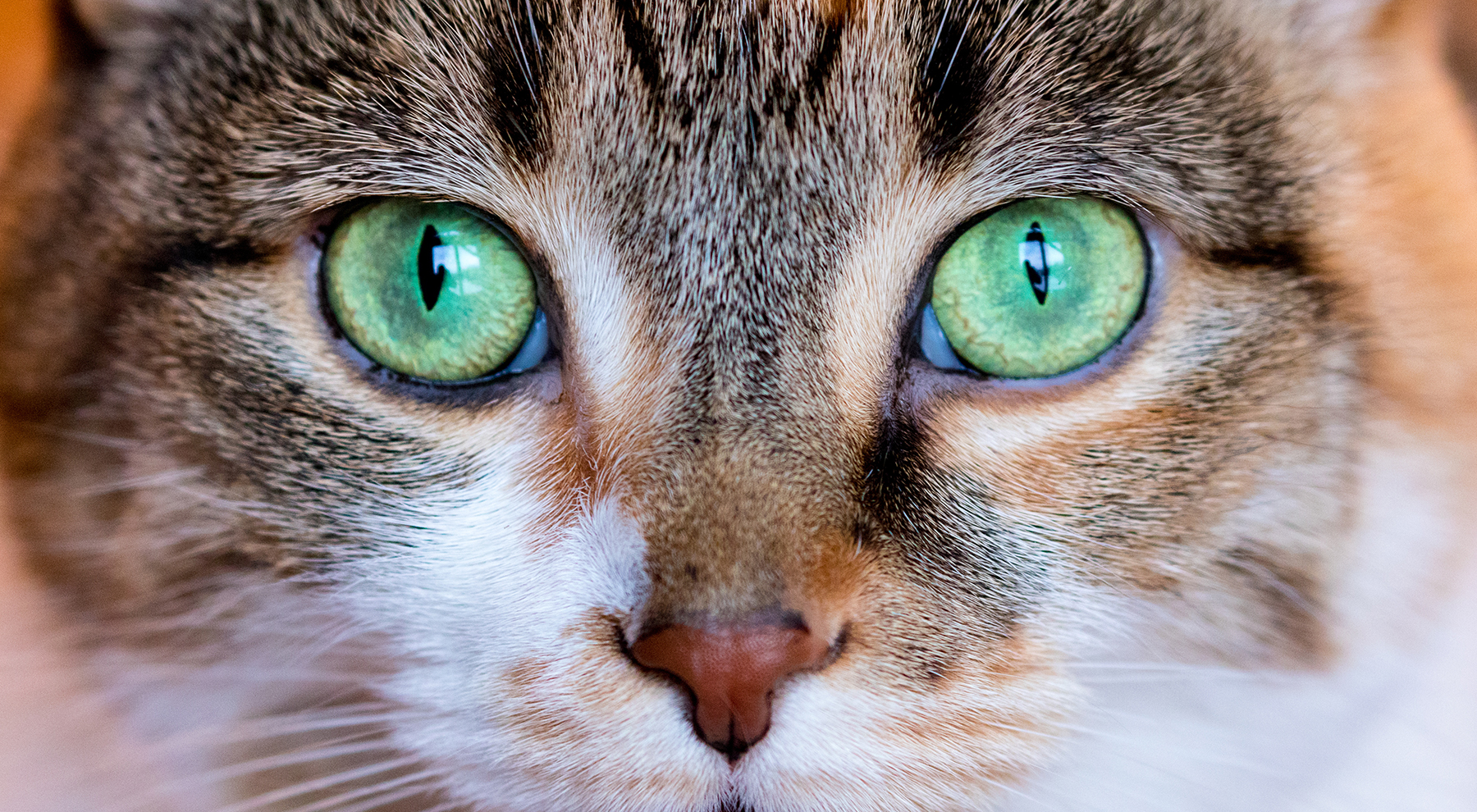Cat Obedience Training
 When you hear someone say, “Sit. Stay. Come. Good Girl or That’s a Boy”, do you automatically assume someone is giving commands to a dog? Most people, including cat owners, don’t really consider training a cat to respond to commands the same way that dogs do. You don’t need to house train them and leash train them, but the truth is, cats’ abilities for training are highly underestimated. Think of trained lion and tigers, think of cats walking tight ropes in a circus – well you get the idea. In short, basic training for cats involves obedience training just as it does for dogs. The general opinion of cats and training is that a cat doesn’t listen and doesn’t care to follow a command, but there are ways to teach your cat a few new “tricks”.
When you hear someone say, “Sit. Stay. Come. Good Girl or That’s a Boy”, do you automatically assume someone is giving commands to a dog? Most people, including cat owners, don’t really consider training a cat to respond to commands the same way that dogs do. You don’t need to house train them and leash train them, but the truth is, cats’ abilities for training are highly underestimated. Think of trained lion and tigers, think of cats walking tight ropes in a circus – well you get the idea. In short, basic training for cats involves obedience training just as it does for dogs. The general opinion of cats and training is that a cat doesn’t listen and doesn’t care to follow a command, but there are ways to teach your cat a few new “tricks”.
Why Should I Train My Cat?
You may question why you would want to train your cat, other than to amaze your friends and family. Here are some examples of why cat training may be for you.
The Shopping Bag Dance. What about the times when you return from shopping with your arms full of bags, kids are darting around you on their way into the house, you’ve got a purse and kiddie bag dangling from your shoulder, and the trick is to manage to get everyone and everything into the house without the cat escaping? Your cat may come to the door to greet you, and out of the door goes the nose as soon as it opens. Not only does the cat become another obstacle in the entry zone to maneuver around, you may have to drop everything to stick the cat behind closed doors in another room or in their carrier while you drag in the load to avoid an escape. What started out as a “hello” now has become a punishment, at least from the cat’s perspective. And that can contribute to the dislike of the carrier on top of it all. Wouldn’t it be nice to be able to tell the cat to “sit” or “stay” and have the cat actually stop before entering the danger zone?
Visiting Dr. Whitworth. Have you ever tried to get your cat into a carrier when it is time to visit Whitworth Animal Clinic only to find yourself forced into a frustrating game of hide and seek? Teaching your cat to “come” when called makes situations like this one a lot less stressful for both you and the cat.
The “Cat-hunt”. It’s also very helpful to have control over the “come” command if your indoor cat escapes during the above “Shopping Bag Dance”, or in any other circumstance of door open for too long, and you need to get the cat to come back home without a major “cat”hunt.
What Are the Benefits of Training My Cat?
Training your cat to perform tricks is going a bit too far, but training your cat to understand and obey a few simple orders will help you in the following ways:
- It strengthens your relationship and builds a stronger bond between you and your cat – training makes your cat understand who is in charge so in order to get what is wanted, the cat has to do what you want.
- It keeps your cat’s mind active and stimulated
- It’s great interactive play, and teaches your cat good social behavioral skills.
- Anxious and nervous cats are reassured and calmed down by the repetition and routine of training.
- Keeps your cat safer.
What are the Basics of Cat Obedience Training?
If you are a cat owner you already know that cats usually ignore a command unless they feel like obliging. The big challenge is to make your cat want to do what you want. Although you may not realize it, environmental cue conditioning already exists in your home. For example, your cat probably already associates the sounds of the top of a can of cat food being pulled off, or crunchy nuggets being poured into a dish, or the treat bag shaking with food! Time to show up! These sounds signal food, which in a cat’s mind is a reward (for doing nothing but being themselves…) So, the key to cat training is to reinforce any specific desired behavior with a food reward, preceding the reward with a recognizable sound that your cat will associate with the desired action to be performed.
So how do I train my cat? Since you probably already use sounds unconsciously to distract your cat from doing certain behaviors, such as whistling, clapping your hands or snapping your fingers, obedience training, fortified by the sound made by a small mechanical noise maker (i.e. the “clicker”) is probably the most effective training technique. This approach encourages your cat to obey commands by associating them with a behavior to be performed, then the sound of the clicker and, ultimately, a food reward.
What Do I Do?
The clicker is an especially valuable training tool for cat obedience training because it allows you, as the trainer, to pinpoint the exact behavior that’s being rewarded. If you don’t use a clicker, your cat could form associations between a treat and a completely unrelated behavior because it’s difficult to distribute the treat at the exact moment the behavior is performed.
- Get your cat accustomed to the clicker followed by a treat before you start the training. To develop the connection, offer a foodie treat and then make the clicking sound. To test readiness, try a click, and if the cat comes looking for a treat, the link has been formed.
- Always use your cat’s name when issuing a command, as well as the same word or phrase for the desired action.
- Click the clicker at the precise moment your cat performs a desired behavior. For example, for the ‘sit’ command, the click should occur at the very second your cat’s bottom touches the ground.
- Directly after the click, feed your cat a small tasty treat (tuna or cooked chicken bits) and give praise.
- With repetition, your cat grows to associate the click with getting a tasty morsel and recognizes his own ability to earn treats by performing the desired action on command.
Effective Training Tips
- Keeping your frustration at bay and practicing patience is key. Each cat is unique so tailor the obedience training to match your cat’s personality. Response to some commands will come easily to your cat, others may be more difficult to learn.
- Enforce a feeding schedule rather than free-feeding. This has two main benefits: it increases the reward-value of food treats as training devices, and also introduces a semblance of routine into your cat’s life. Most companion animals actually do like the semblance of a routine – even cats!
- Schedule training sessions just before mealtimes: if your cat is hungry her focus will be sharpened and your cat’s natural desire for food increases her desire to obey you for the food reward.
- Give your cat undivided attention and choose a location that is free of distractions and noise. No music, TV or cell phone interruptions.
- Dr. Whitworth recommends that you take training slowly. Building up a solid foundation of the basics is the most important focus – trying to teach your cat to perform multiple tricks at one session may backfire.
- Keep sessions interesting and short – between 10 to 15 minutes since cats bore easily. Make the training sessions fun for your cat and for you and make them something your cat wants to participate in. You’ll both be so proud!






